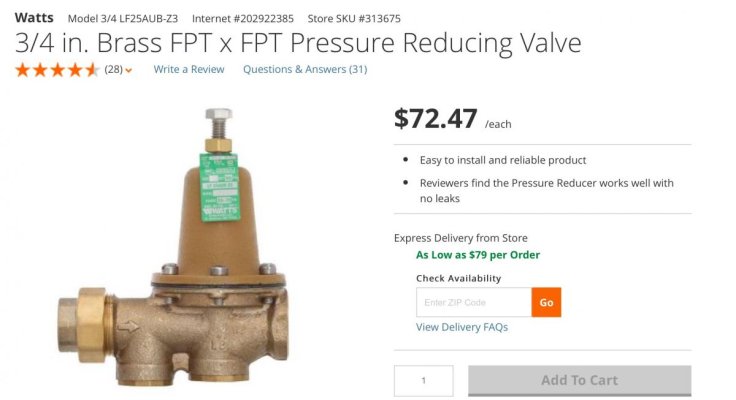Pgitug
Guru
I have what I would call a closed fresh water system. A water storage tank, 12vdc water pump pushing water out to the galley and head fixtures.
I have been wondering what I would need to do to use the dock water with presumably better water pressure and save running my pump and pulling from my water storage tank when at the dock?
I have been wondering what I would need to do to use the dock water with presumably better water pressure and save running my pump and pulling from my water storage tank when at the dock?



